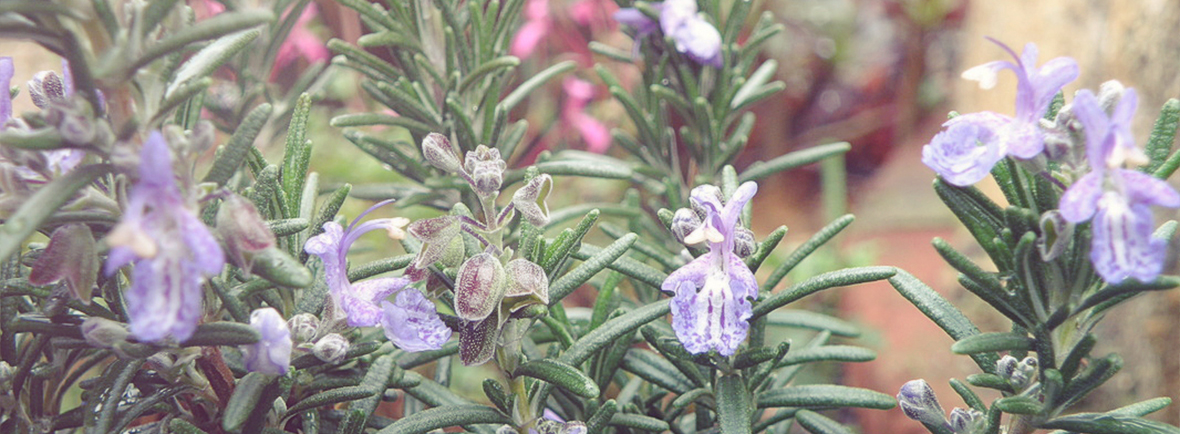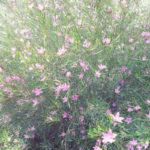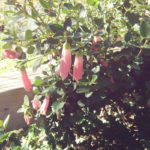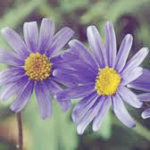Winter
As I look outside at the drizzle and avoid any reason to leave my lovely warm office I delight in the change of the season. I know it’s cold and wet and I’ll probably by moaning by the end of winter, but it’s wonderful to see the creeks flowing and dams filling, repeating the healthy cycle of nature.
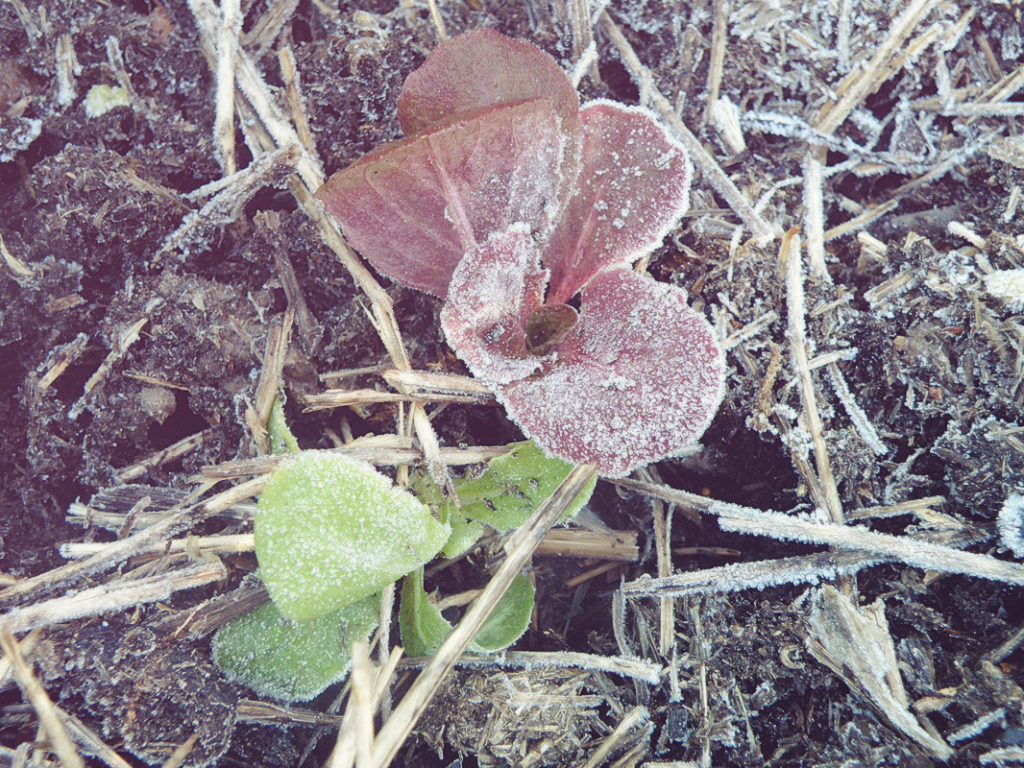
In the Northern Hemisphere the seasons officially commence on the equinox and solstice dates. The equinox is when the hours of day and night are equal, and occur in the Southern Hemisphere on the 21st of March (Autumn equinox) and the 21st of September (Spring equinox). The solstice occurs when either day or night is longest, as on the longest day, 21st December (Summer solstice) and the longest night, 21st June (Winter solstice). In Australia the seasons officially commence on the first day of the month containing the equinox or solstice dates, so our winter begins on June 1st.
Winter gives gardeners breathing space to catch up on other jobs; cleaning the house among other things! Here are some ideas of what I do when I am not venturing outdoors.
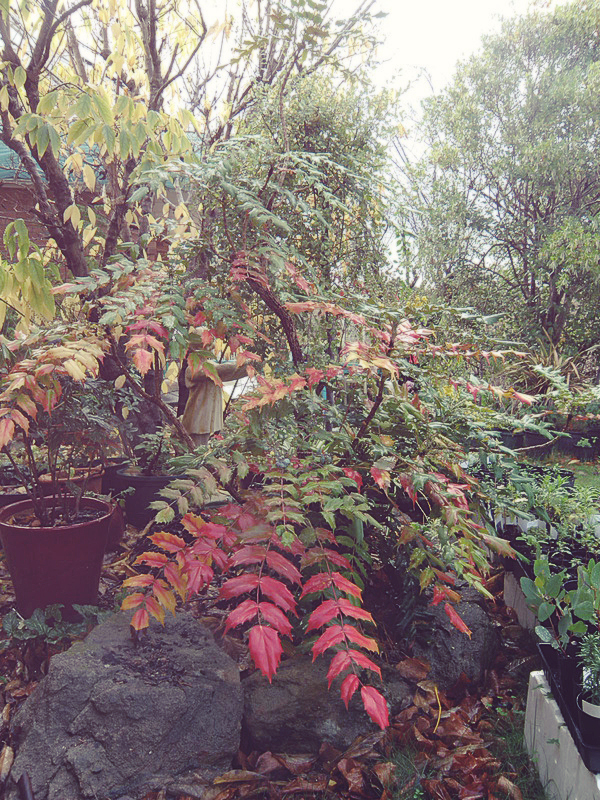
- Take time to observe – stand and look at your garden. What works and what doesn’t? What changes would you like to make? Look at other gardens in your area and take note of plants or flowers you like.
- Plan and design – write down any changes and what you need to do to prepare. Make lists and draw your garden plan.
- Look at books, magazines and the internet for inspiration, ideas and information. Learn as much as you can about improving your soil, pruning, what to grow where, and whatever else takes your interest. This website is a good place to start!
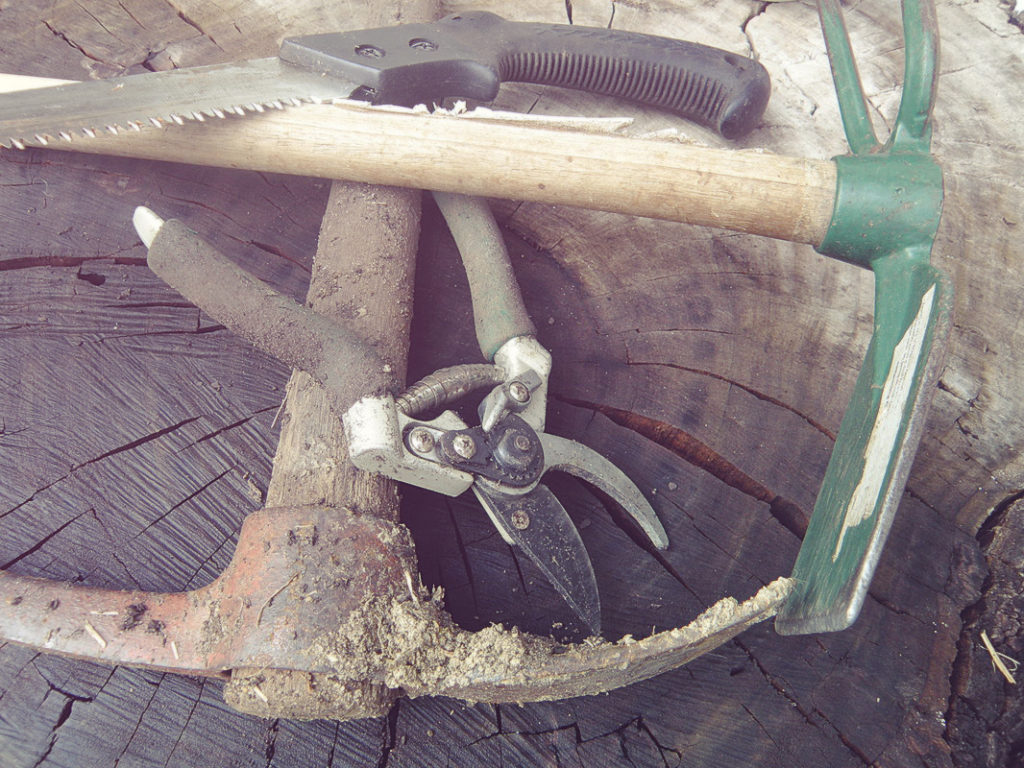
- Fix tools – sharpen secateurs and knives, sand and paint handles, and put everything in a place where you will be able to find it when spring arrives.
- Clean up – I have a porch where I put things when I’m in a hurry, like rushing inside to make dinner! Winter gives me time to clear this area, put things away and throw things out.
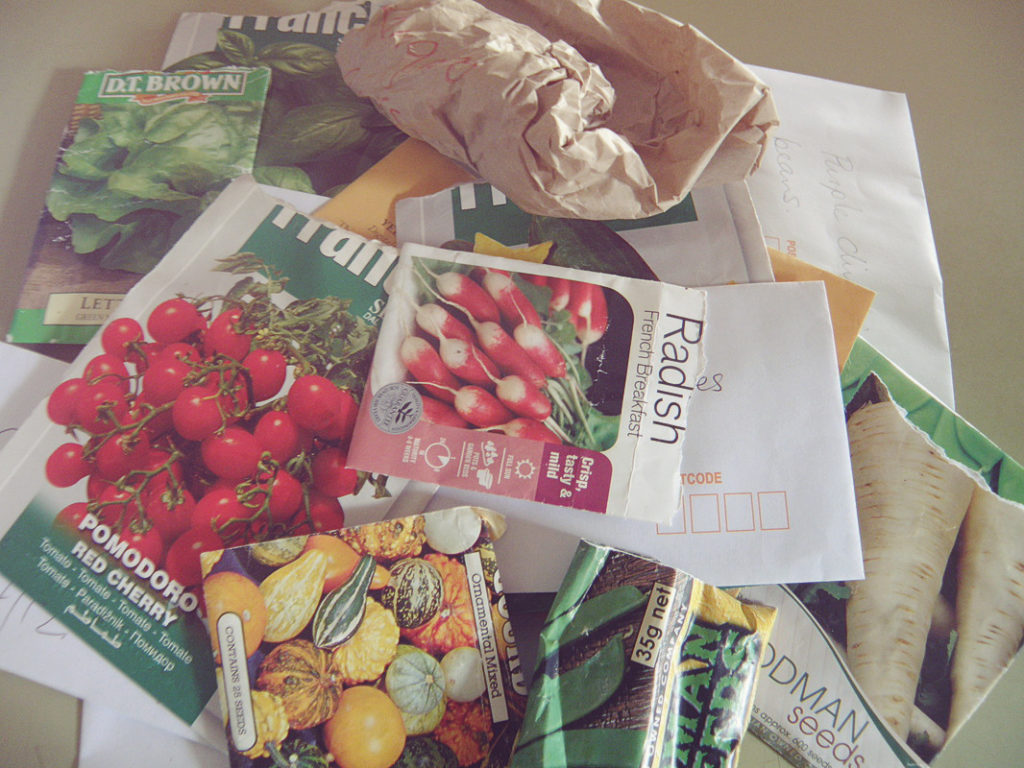
- Sort out seeds – If you’re like me, you have a box or draw full of a variety of seed packets. Sort them into seasons, so you know what you might need to order.
- Order seeds and plants – having done all of the above, you will have an idea of what you would like to add to your garden. Try to resist the temptation to buy new stock until you have done some planning. Looking online and in catalogues is such an exciting venture and it’s easy to get carried away (spoken from experience!).
- Visit nurseries to get ideas – I would say only buy if you need to but this advice is futile! It’s always good to see what is flowering in winter, to add needed color to your garden, and if a plant or two hops in your shopping trolley, who am I to call the kettle black?
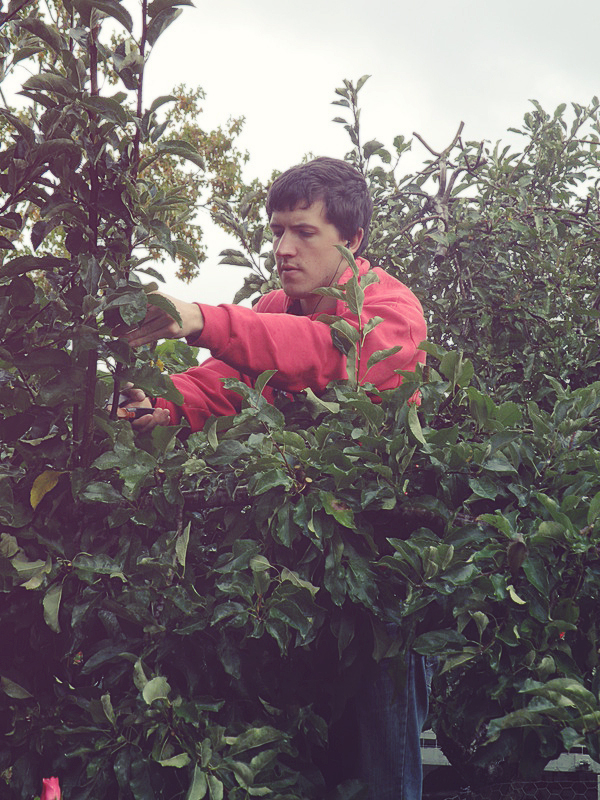
If you find a clear moment and can get into the garden, winter is a great time for re-potting plants that are tired after summer and need a larger pot and some new soil and fertilizer. It’s also an ideal time to prune spent flowers and leggy shrubs. Be careful not to prune plants that flower in late winter or early spring, such as Forsythia, Daphne and Wallflower. Roses and fruit trees can be pruned now, although I give both a summer prune too.
Difficult areas can be maintained with the ‘No-weed’ method in my previous blog.
WINTER FAVORITES
Here are some of my favorite winter delights.
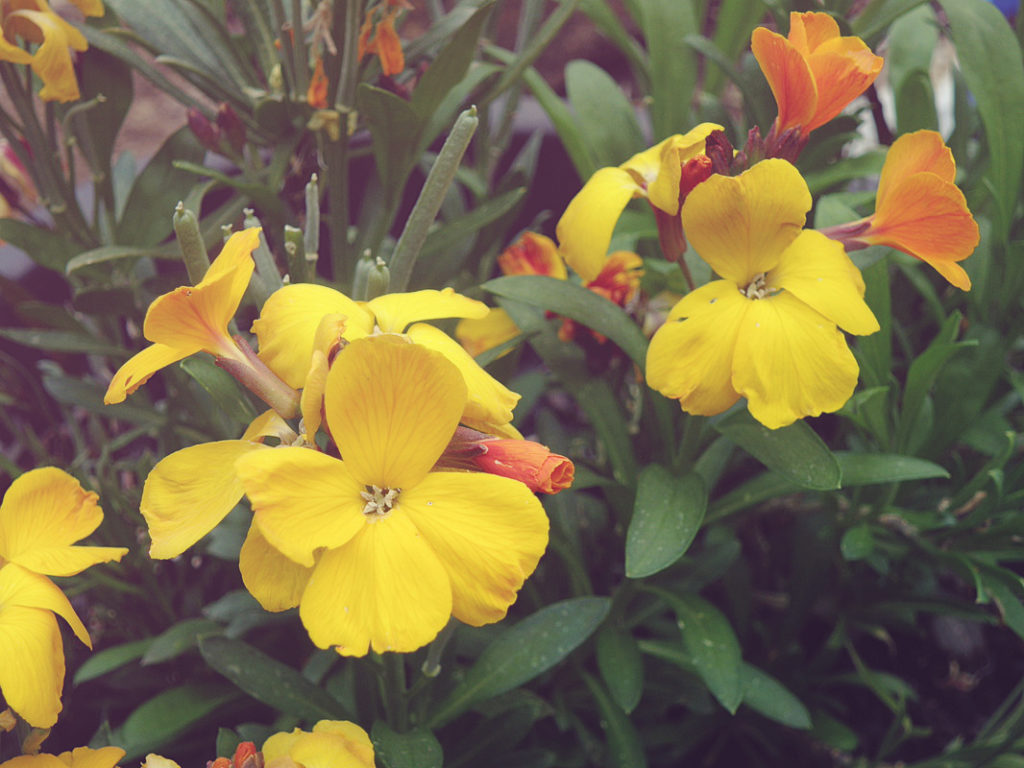
Wallflowers are so rewarding, coping with our hot summers, then reviving and flowering throughout winter and spring. Biennial wallflowers, Chieranthus cherii, bring bright cheer to winter with their vibrant colors. The blooms come in a variety of colors of yellow, orange and pink and have a delicious scent.
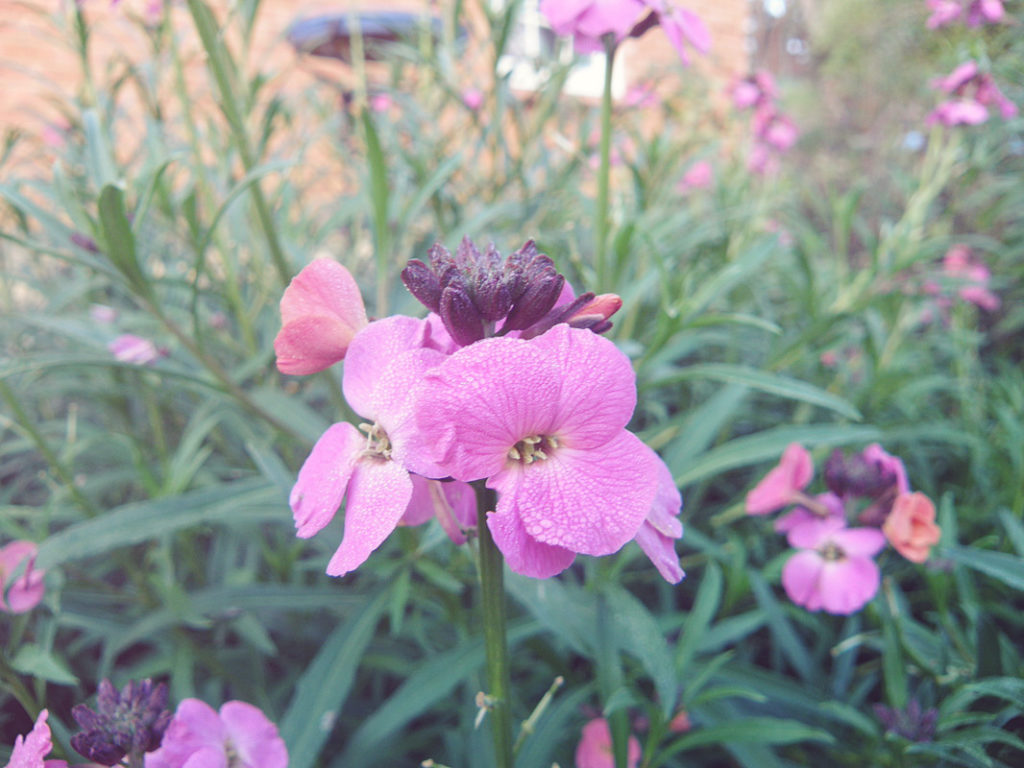
Chieranthus mutabilis is the old-fashioned favorite with changing colors in the flower. A tough shrub!
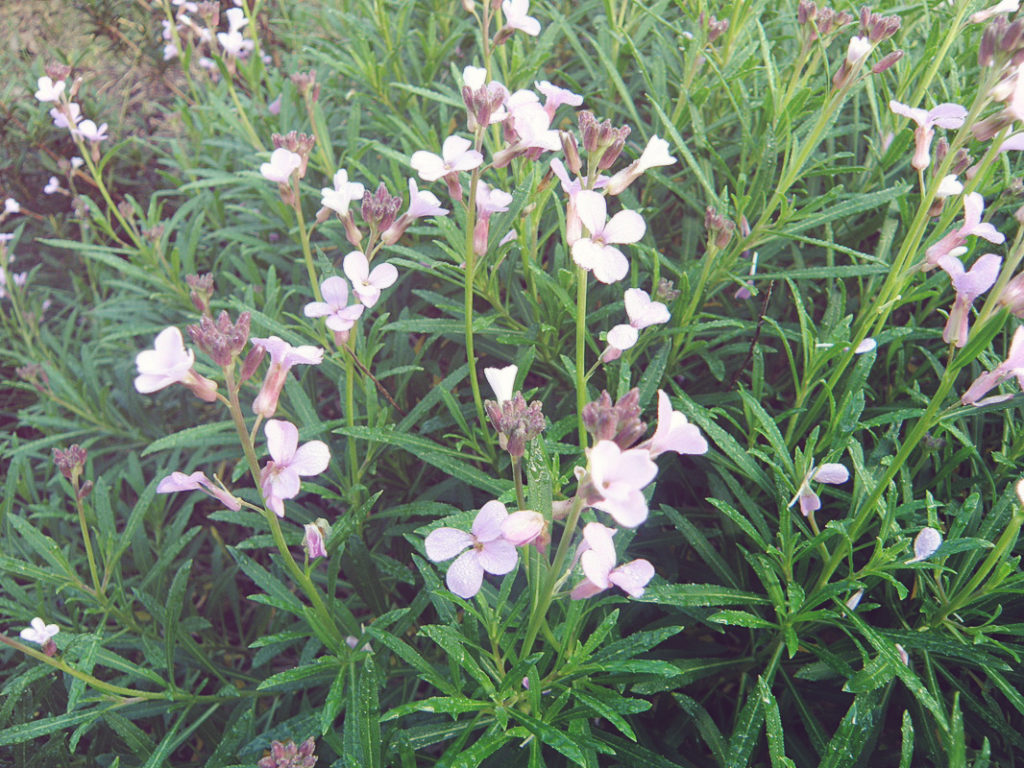
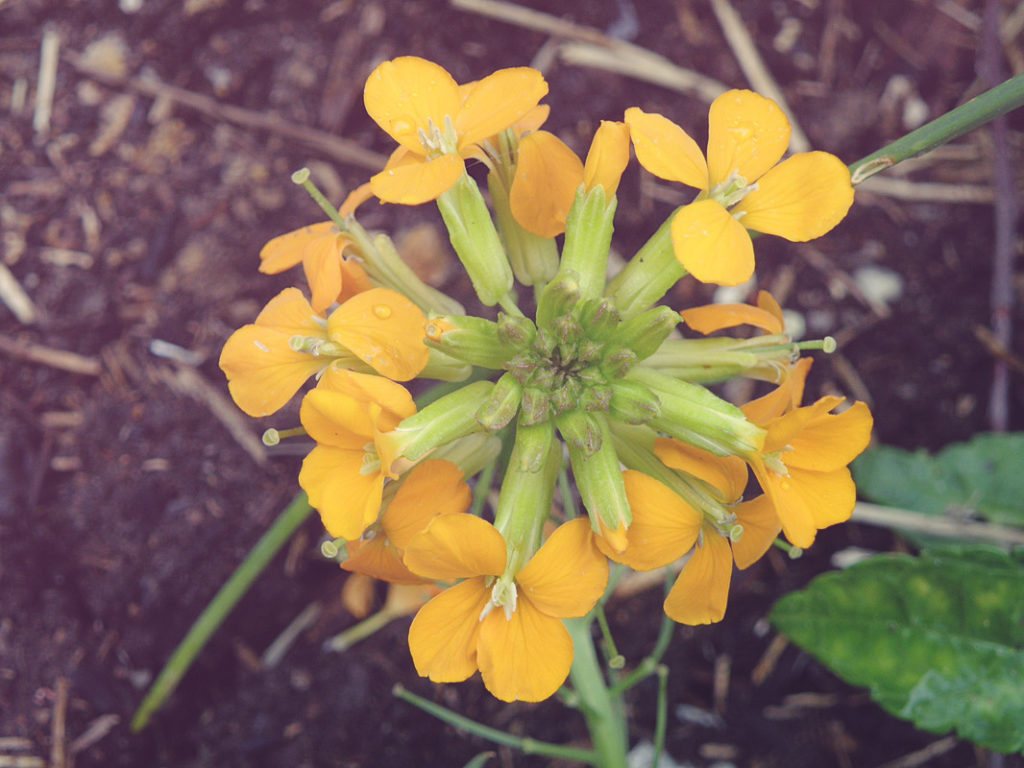
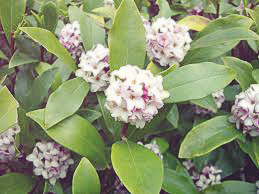
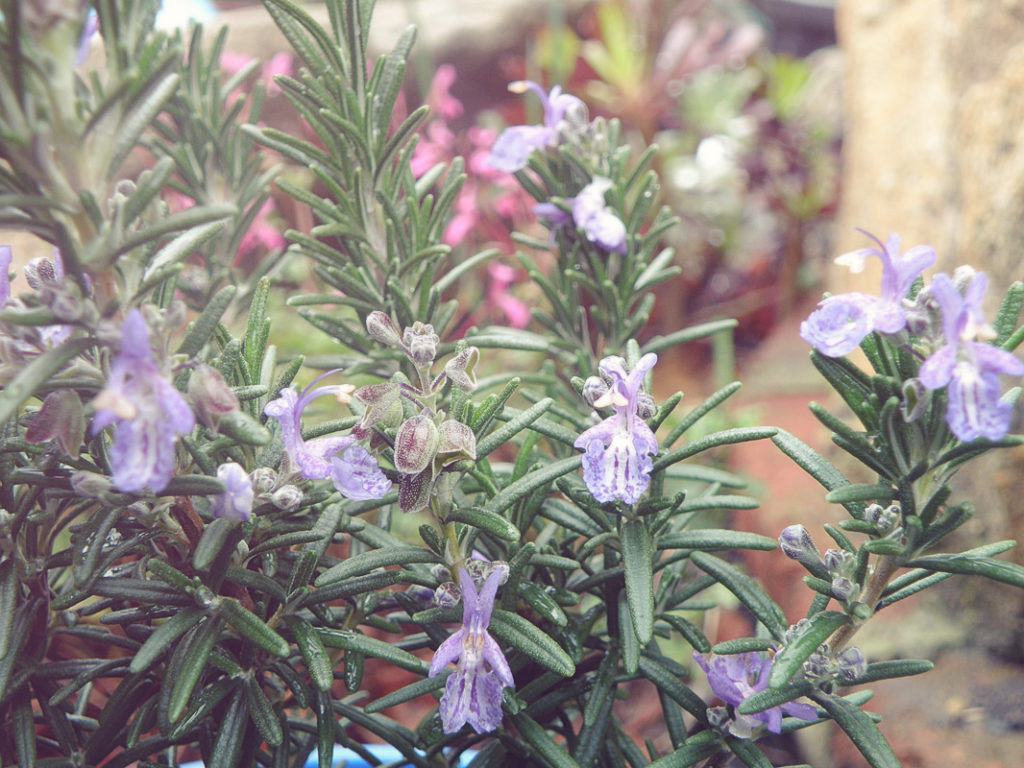
Rosemary ‘Blue Lagoon‘ is so tough and reliable and has gorgeous blue flowers through winter.
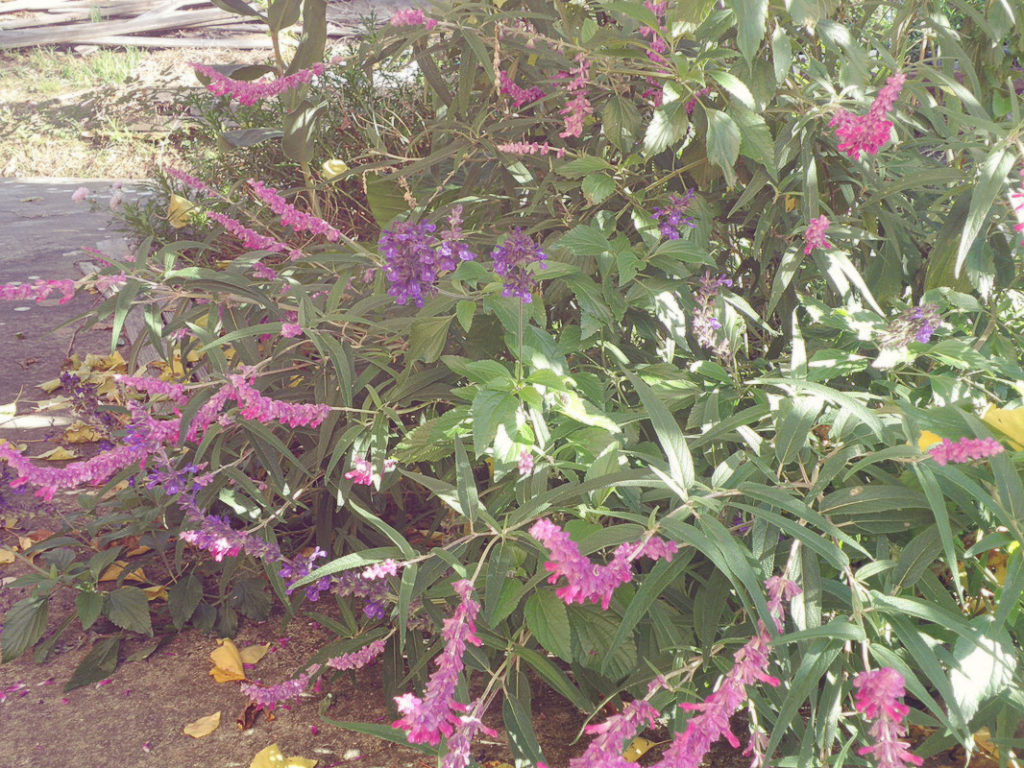
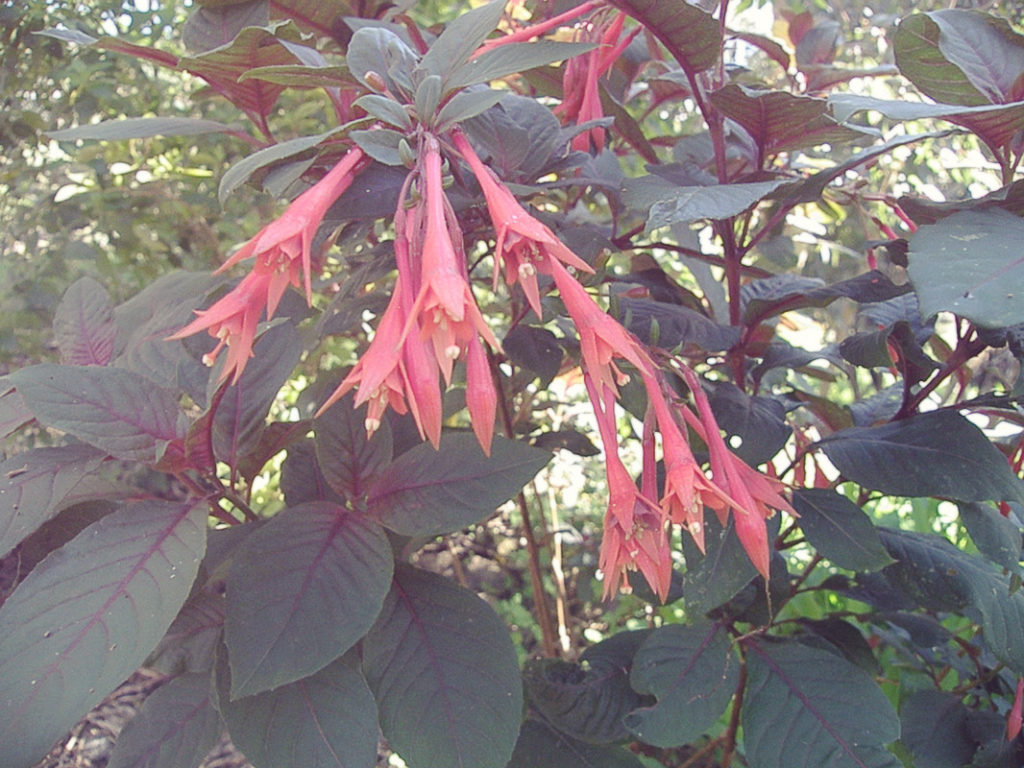
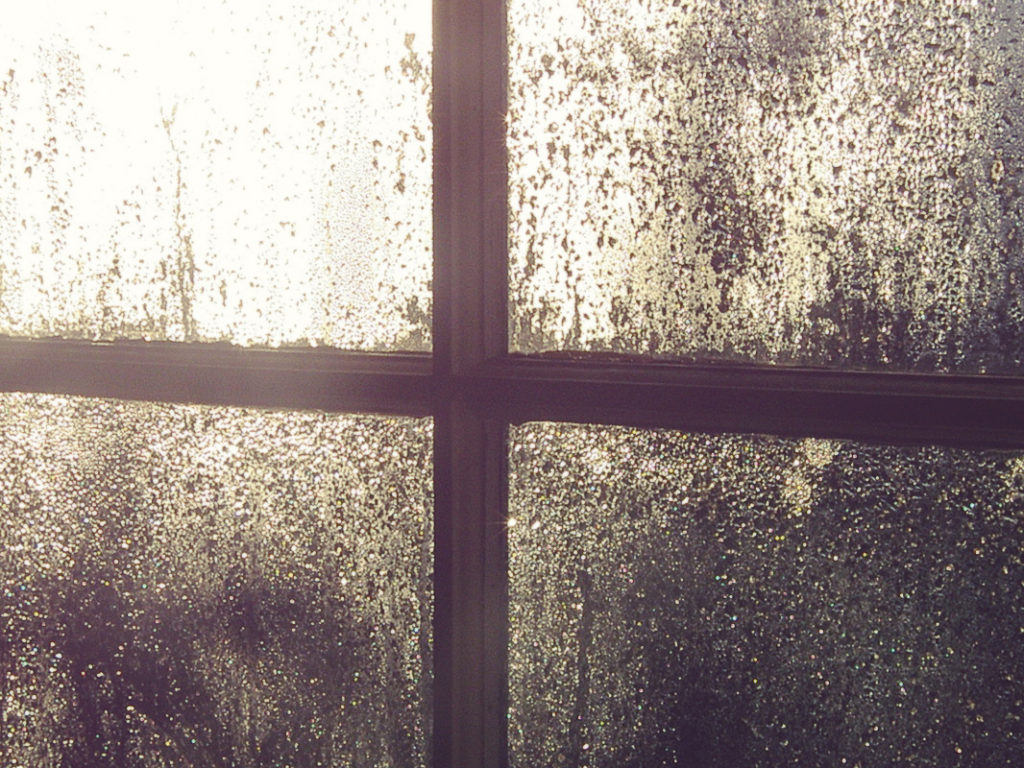
Cheers Amanda


